In the ever-evolving world of web development, choosing the right frontend framework is crucial to the success of your project. With numerous options available, it can be challenging to determine which one best suits your needs. This article aims to provide a comprehensive guide to the top frontend frameworks for your next web development project, highlighting their key features, pros and cons, and considerations for selection.
What is a Frontend Frameworks?
A frontend framework is a collection of pre-written code that developers can use to create the user interface of a web application. These frameworks provide a structured and efficient way to build web applications, offering components, tools, and best practices that simplify the development process. They help developers create responsive, interactive, and visually appealing web applications while ensuring maintainability and scalability.
What are the Best and Most Popular FrontEnd Frameworks for Web Development?
With numerous frontend frameworks available, it can be challenging to choose the right one. Here, we explore some of the best and most popular frontend frameworks that have gained widespread adoption and acclaim in the web development community.
- React
- Angular
- Vue.js
- Ember.js
- Svelte
- jQuery
- Backbone.js
- Preact
- Foundation
- Solid
React
React, developed by Facebook, is a widely-used frontend library that has revolutionized the way developers build web applications. It focuses on building reusable UI components and is known for its virtual DOM, which optimizes performance by minimizing direct manipulation of the DOM.
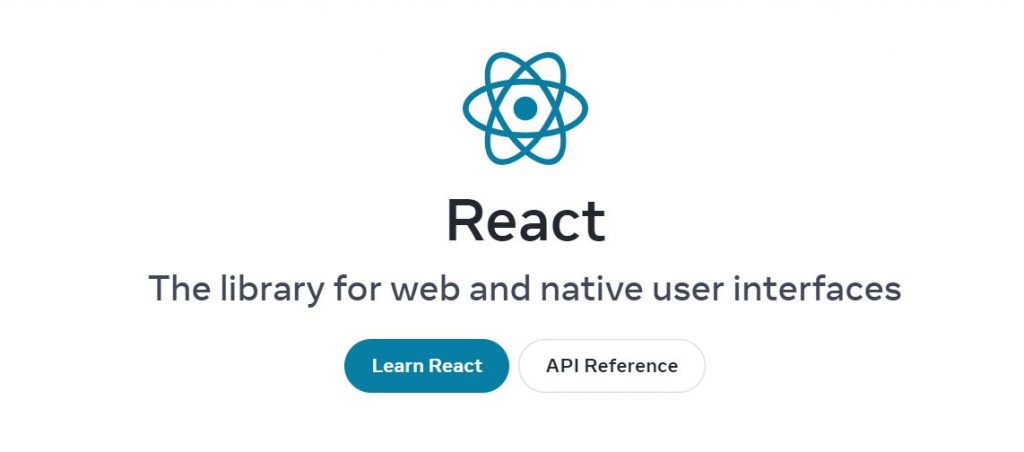
Key Features
- Component-Based Architecture: Encourages reusability and modular development.
- Virtual DOM: Enhances performance by reducing direct DOM manipulations.
- One-Way Data Binding: Ensures predictable state management.
- Rich Ecosystem: Includes a vast array of libraries and tools.
Pros:
- High performance due to virtual DOM.
- Strong community support and extensive documentation.
- Flexible and can be used with various libraries and frameworks.
- Suitable for complex applications with dynamic user interfaces.
Cons:
- Steep learning curve for beginners.
- Requires additional libraries for a complete solution (e.g., routing, state management).
Best React Native Component Libraries
Angular
Angular, developed by Google, is a comprehensive framework for building dynamic web applications. It offers a full-featured solution with built-in tools for routing, state management, and form handling, making it ideal for large-scale projects.
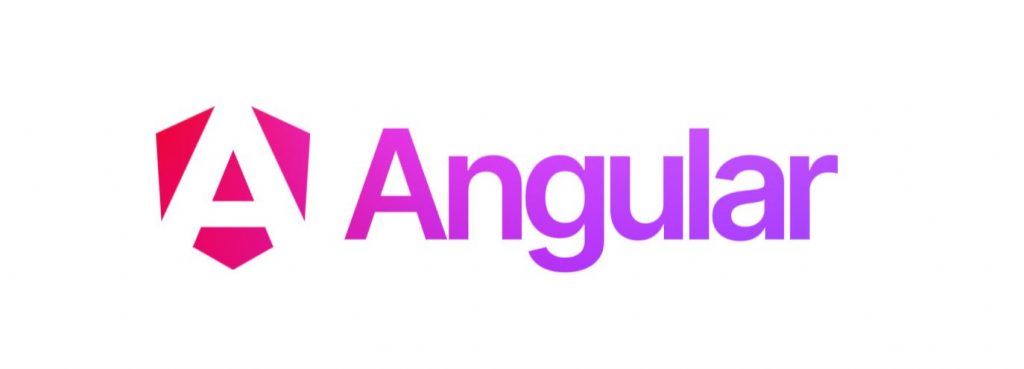
Key Features
- Two-Way Data Binding: Synchronizes the model and view automatically.
- Dependency Injection: Facilitates better organization and testing.
- Modular Structure: Encourages code reusability and maintainability.
- Comprehensive Toolset: Includes a CLI, testing utilities, and more.
Pros:
- Rich feature set and built-in tools.
- Strong support for enterprise-level applications.
- Excellent documentation and community support.
- High performance and scalable.
Cons:
- Steeper learning curve compared to other frontend frameworks.
- Can be overkill for smaller projects.
Vue.js
Vue.js, created by Evan You, is a progressive JavaScript framework that has gained popularity for its simplicity and flexibility. It allows developers to incrementally adopt its features, making it suitable for both small and large-scale projects.
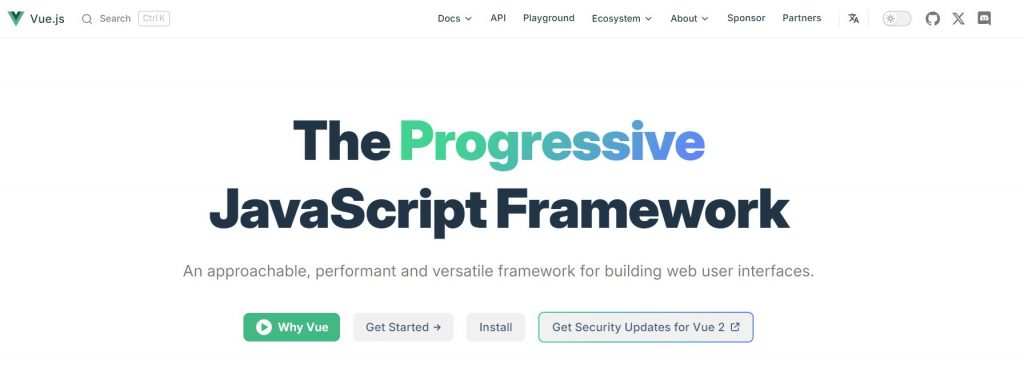
Key Features
- Reactive Data Binding: Simplifies state management.
- Component-Based Architecture: Promotes reusability and maintainability.
- Vue CLI: Streamlines project setup and development.
- Rich Ecosystem: Includes tools for state management, routing, and more.
Pros:
- Gentle learning curve.
- Flexible and can be integrated into existing projects.
- Active community and excellent documentation.
- High performance with small bundle size.
Cons:
- Smaller ecosystem compared to React and Angular.
- Limited support for large-scale enterprise applications.
Benefits of Vue js for web development
Ember.js
Ember.js is an opinionated framework designed for building ambitious web applications. It emphasizes convention over configuration and offers a complete solution with a strong emphasis on developer productivity.
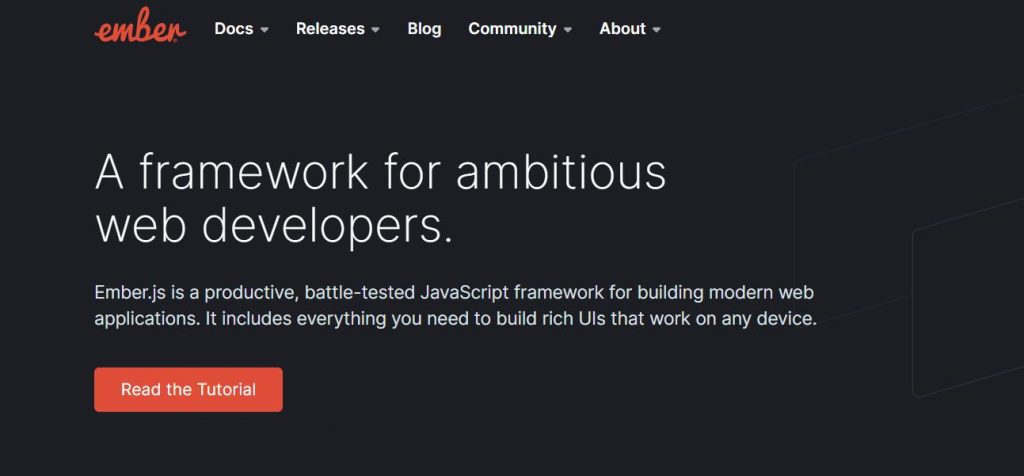
Key Features
- Convention Over Configuration: Simplifies development by enforcing best practices.
- Ember CLI: Provides a powerful command-line interface for project management.
- Two-Way Data Binding: Ensures synchronization between model and view.
- Routing and State Management: Built-in tools for handling complex applications.
Pros:
- High developer productivity with robust conventions.
- Comprehensive toolset and features.
- Strong community and support for large-scale applications.
- Excellent performance.
Cons:
- Steeper learning curve due to its conventions.
- Less flexible compared to other frameworks.
Svelte
Svelte, created by Rich Harris, is a radical new approach to building web applications. Unlike traditional Frontend frameworks, Svelte shifts the work from the browser to the build step, resulting in highly optimized and fast applications.

Key Features
- Compile-Time Optimizations: Converts components into highly efficient imperative code.
- Minimal Boilerplate: Simplifies development with less code.
- Reactivity: Built-in reactivity system without the need for complex state management libraries.
- Small Bundle Size: Optimized code leads to faster load times.
Pros:
- Exceptional performance with compile-time optimizations.
- Simple and easy to learn.
- Minimalistic and less verbose code.
- High reactivity and responsiveness.
Cons:
- Smaller ecosystem and community compared to React and Angular.
- Limited tooling and third-party integrations.
jQuery
jQuery is a fast, small, and feature-rich JavaScript library that has been widely used for over a decade. While newer frontend frameworks have emerged, jQuery remains a popular choice for adding simple interactions and animations to web pages.
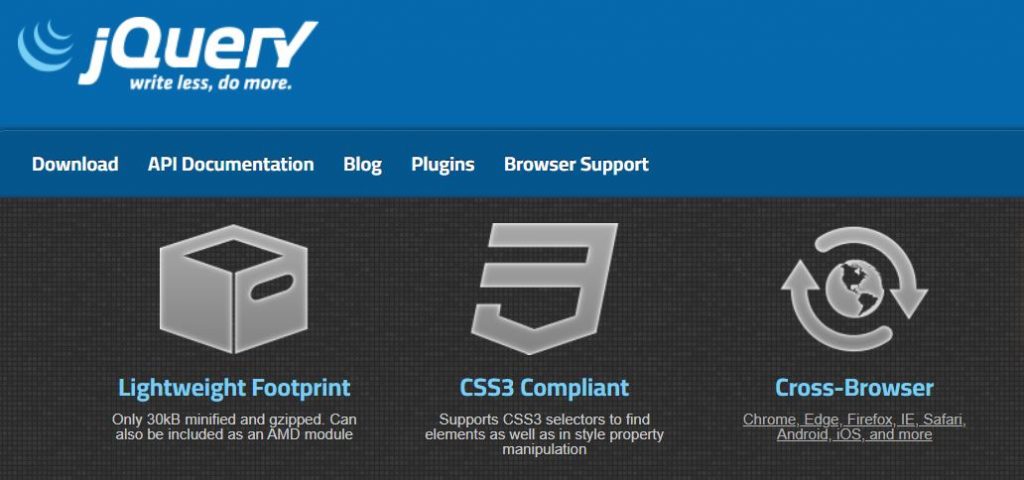
Key Features
- DOM Manipulation: Simplifies HTML document traversing and manipulation.
- Event Handling: Provides an easy way to handle events.
- Animations: Built-in methods for creating animations.
- AJAX Support: Simplifies asynchronous requests.
Pros:
- Easy to learn and use.
- Lightweight and fast.
- Extensive documentation and community support.
- Compatible with most browsers.
Cons:
- Not suitable for complex applications.
- Limited modern features compared to newer frameworks.
Backbone.js
Backbone.js is a lightweight JavaScript library that provides the minimal structure needed for building web applications. It offers models, views, collections, and routers, enabling developers to create single-page applications with ease.
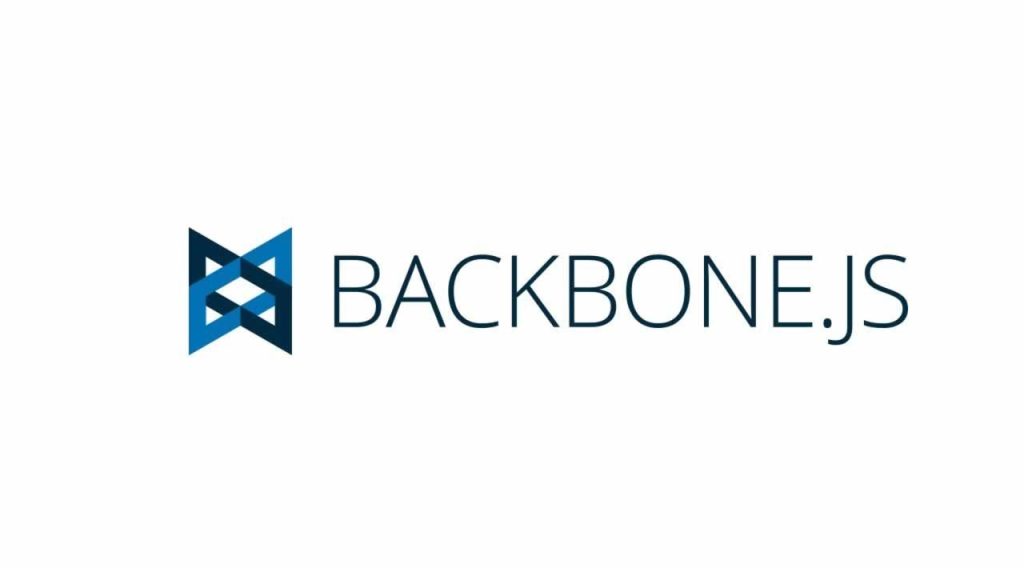
Key Features
- MV Pattern:* Implements the Model-View-* pattern for better code organization.
- Event-Driven: Promotes an event-driven architecture.
- Flexibility: Allows integration with other libraries and frameworks.
- Small Footprint: Lightweight and fast.
Pros:
- Simple and easy to understand.
- Highly flexible and customizable.
- Lightweight with a small footprint.
- Good for small to medium-sized projects.
Cons:
- Requires additional libraries for a complete solution.
- Limited features compared to more modern frameworks.
Preact
Preact is a fast, lightweight alternative to React that aims to deliver similar functionality with a smaller footprint. It is fully compatible with the React ecosystem, making it easy to switch between the two.
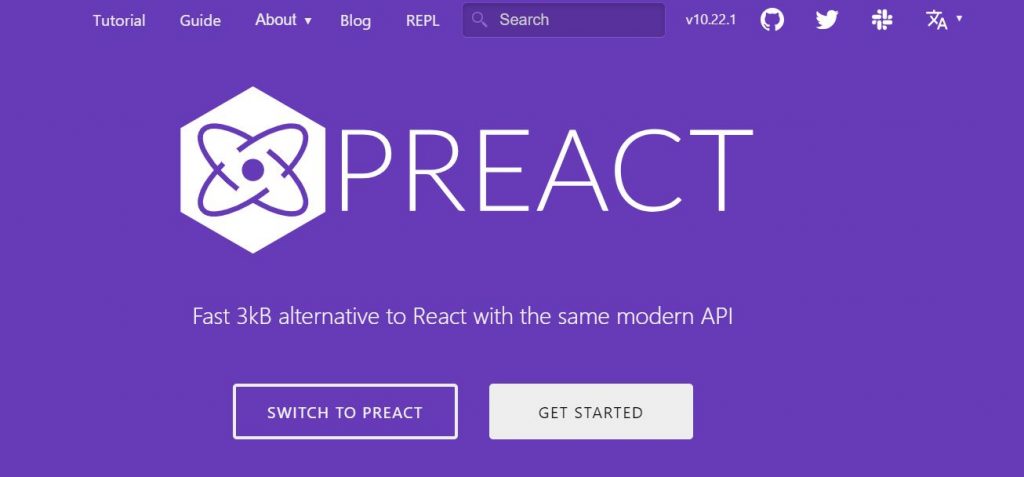
Key Features
- Compatibility with React: Allows seamless migration from React.
- Small Bundle Size: Optimized for performance with a small footprint.
- Fast Rendering: Efficiently updates the DOM.
- Rich Ecosystem: Compatible with most React libraries and tools.
Pros:
- Extremely lightweight and fast.
- Compatible with the React ecosystem.
- Easy to learn for React developers.
- High performance with minimal overhead.
Cons:
- Smaller community and ecosystem compared to React.
- Limited built-in features, relying on third-party libraries.
Foundation
Foundation, developed by ZURB, is a responsive frontend framework that provides a solid foundation for building responsive web applications. It includes a comprehensive set of tools and components for creating mobile-first designs.
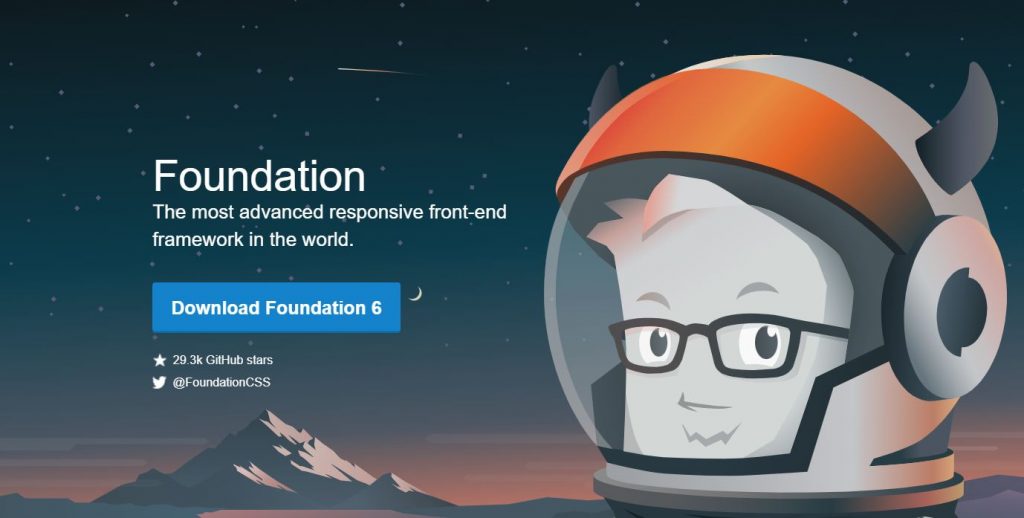
Key Features
- Responsive Design: Built with a mobile-first approach.
- CSS Components: Pre-styled components for quick development.
- JavaScript Plugins: Includes various plugins for enhanced functionality.
- Sass Support: Uses Sass for customizable and maintainable styles.
Pros:
- Excellent for responsive and mobile-first designs.
- Comprehensive set of components and tools.
- Highly customizable with Sass.
- Strong community and support.
Cons:
- Steeper learning curve for beginners.
- Can be overkill for simple projects.
Solid
Solid is a declarative, efficient, and flexible JavaScript library for building user interfaces. It offers fine-grained reactivity and compiles templates to highly optimized JavaScript code, resulting in fast and efficient applications.
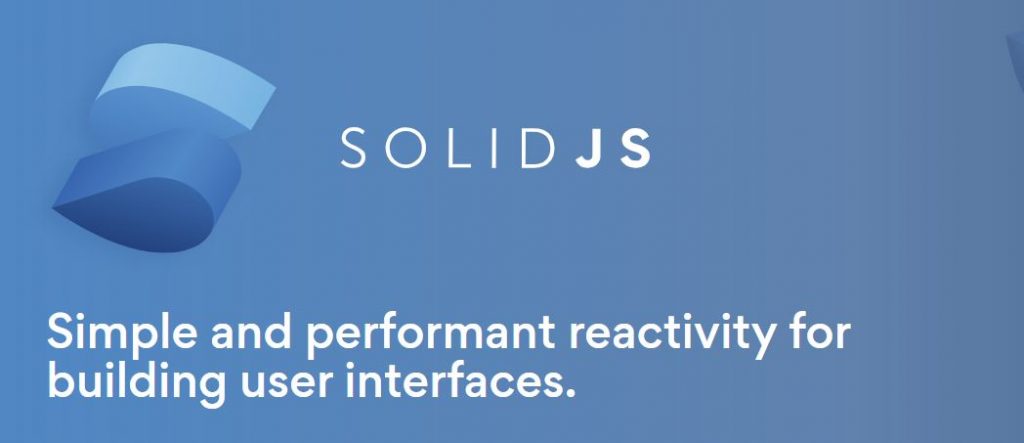
Key Features
- Fine-Grained Reactivity: Highly efficient state management.
- Compiles to Optimized Code: Ensures fast performance.
- Simple API: Easy to learn and use.
- Small Bundle Size: Optimized for performance with a minimal footprint.
Pros:
- Exceptional performance with fine-grained reactivity.
- Simple and intuitive API.
- Lightweight and fast.
- High reactivity and responsiveness.
Cons:
- Smaller community and ecosystem compared to major frameworks.
- Limited tooling and third-party integrations.
Best front end Technologies for web development
Key Considerations for Choosing the Top FrontEnd Frameworks for Web Development Project
When selecting a frontend framework for your web development project, several factors should be considered to ensure the best fit for your needs.
Popularity
The popularity of a Frontend frameworks can indicate its reliability, community support, and availability of resources. Widely-used Frontend frameworks often have extensive documentation, tutorials, and third-party libraries.
Performance Level
Performance is critical, especially for complex applications. Consider how the Frontend framework handles rendering, state management, and data updates to ensure smooth and responsive user experiences.
Project Requirements and Complexity
The complexity of your project will influence your choice of framework. Some frameworks are better suited for large-scale applications with complex requirements, while others are ideal for simpler projects.
Learning Curve and Web Developer Experience
The ease of learning a framework and the familiarity of your development team with it can significantly impact productivity. Choose a frontend frameworks that aligns with your team’s expertise and experience.
Support for Responsiveness
Responsive design is essential in modern web development. Ensure the framework you choose supports responsive design principles and provides tools for building mobile-friendly interfaces.
Core Functionalities & Features
Evaluate the built-in features and functionalities of the framework. Some frameworks offer comprehensive solutions with built-in tools, while others require additional libraries for a complete solution.
Server-side Rendering
Server-side rendering (SSR) can improve performance and SEO for web applications. Consider whether the framework supports SSR and how it impacts the development process.
Ease Of Integration With Other Libraries
The ability to integrate with other libraries and tools can enhance the functionality of your application. Ensure the framework you choose is flexible and allows for easy integration.
Security
Security is a paramount concern in web development. Choose a framework that adheres to best security practices and provides tools to protect your application from common vulnerabilities.
Why Choose Canadian Software Agency for Your Frontend Development Project?
Canadian Software Agency offers expert frontend development services tailored to meet your specific needs. Our team of experienced developers is proficient in the latest frontend frameworks and technologies, ensuring high-quality, responsive, and user-friendly web applications. We provide end-to-end solutions, from initial consultation and planning to development, testing, and deployment. Trust us to deliver exceptional results for your next web development project.




